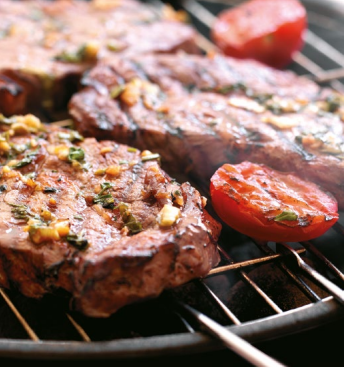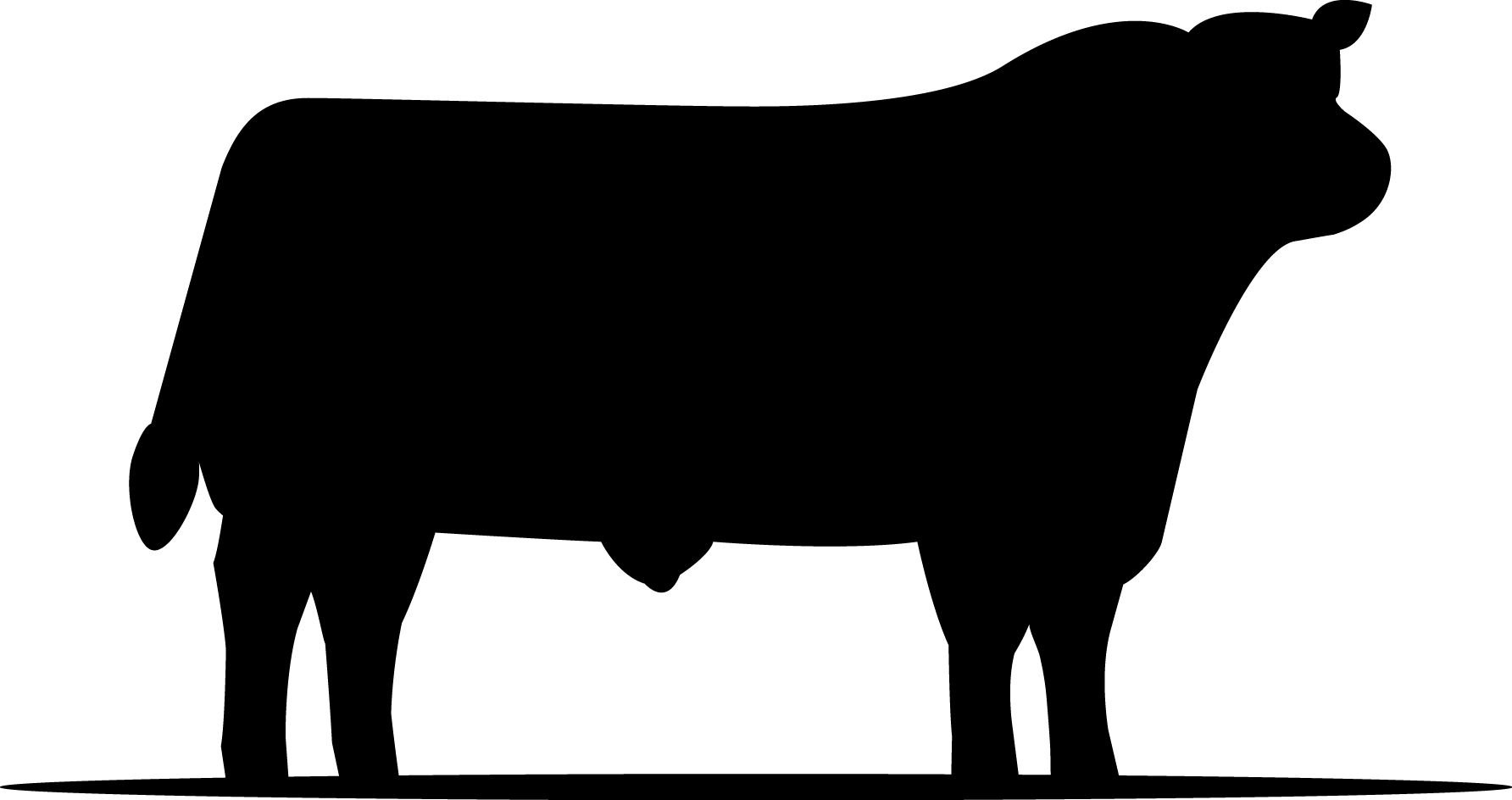Four top tips to ensure you get the highest eating quality out of the beef you buy.
Robert Gilchrist, CEO of the Aberdeen-Angus Cattle Society, explains his four top tips to make sure you buy the best quality beef and what to look out for when it is on the shelf.
Marbling
Since the 1960s, fat has been an undesirable constituent of the consumer basket. Unfortunately, this has led to many consumers steering clear of fattier beef cuts, preferring leaner options. More recently however, fat has received more positive press, leading to more consumers selecting cuts that display greater levels of intramuscular fat (the fine white flecks running through a cut).
Intramuscular fat is a key indicator of tenderness and helps provide flavour. These fine lines of marbling render down during cooking, preventing it from drying out, making for a much more flavoursome dish.
Hanging and ageing
Post slaughter, the carcass is aged to both tenderise and develop the flavour. There are several types of aging, with most recognising hanging as the main means of doing so. This can be from as little as 24 hours in modern high throughput plants and up to more than a month in more traditional butchers. Once hung, the carcass is boned out to primal cuts and can then be subject to further aging.
This can either be wet aging in a vacuum pack or dry aging hung in a climate-controlled fridge.
Finally, the primal is butchered to the final cut for retail sale.
What to look for on the shelf
When selecting a steak, those that are not bright red suggest longer aging times. Deeper steaks should also be selected as they cook better. Steaks thinner than 1” (25mm) tend to cook too quickly in the centre, leading to them being overcooked and tough to eat.
Cooking the perfect steak
You may have chosen the perfect steak, do not let yourself fall at the final hurdle by cooking it incorrectly.
It is important to take the meat out of the fridge and allow it to come up to room temperature before cooking. A steak straight from the fridge will not cook as well due to the heat shock of the pan leading to a tougher steak.
It is also important to rest the steak after cooking to give the steak time to reabsorb juices. Generally, it should rest for the same time as it was in the pan. Our favourite is a rare Certified Aberdeen-Angus ribeye that has been aged for at least 28 days.
We would love to hear how you cook your perfect Certified Aberdeen-Angus steak at home, so please get in touch across our social media to share your photos of your perfect steak- @AberdeenAngusUK




